Description
NitromintMezhdunarodnyy name:
Nitroglycerin Group accessory:
Vazodilatiruyushchy means, nitrate
Description of active ingredient (MNN):
NitroglitserinLekarstvennyy form:
the aerosol hypoglossal dosed, drops hypoglossal, capsules hypoglossal, capsules of the prolonged action, a concentrate for preparation of solution for infusions, a film for gluing on a gum, the spray hypoglossal dosed tablets hypoglossal, tpharmakologichesky action:
Venodilatiruyushchy means from group of nitrates. Nitrates are capable to release from the molecule the nitrogen oxide which is the natural endothelial relaxing factor – a mediator of direct activation of guanylate cyclase. Increase in concentration of tsGMF leads to relaxation of smooth muscle fibers (mainly venules and veins). Has anti-anginal and spasmolytic effect, relaxes smooth muscles of vascular walls, bronchial tubes, a GIT, biliary tract, ureters. At in in introduction causes fast reduction of preload of heart due to expansion of peripheral veins. Reduces inflow of blood to the right auricle, promotes pressure decrease in a ‘small’ circle of blood circulation and regression of symptoms in a fluid lungs, reduces an afterload, the need of a myocardium for oxygen (due to decrease in preloading, an afterload and tension of walls of ventricles in connection with reduction of volume of heart). Promotes redistribution of a coronary blood-groove in the area with reduced blood circulation. Has the central braking impact on a sympathetic tone of vessels, oppressing a vascular component of forming of a pain syndrome. Causes expansion of brain vessels, than the headache at its use speaks. At prolonged or frequent use of nitrates of the prolonged action the development of tolerance to drug (easing of therapeutic effect) is observed. After a break the sensitivity is restored. For the purpose of prevention of emergence of tolerance it is recommended to observe daily, preferably night ‘beznitratny interval’ during 8-12 h. At most of patients such therapy is more effective, than continuous treatment. When using in sublingual and bukkalny forms the attack of stenocardia is eliminated in 1.5 min., hemodynamic and anti-anginal effect remain up to 30 min. and 5 h respectively. When putting ointment the anti-anginal effect is observed in 15-60 min. and proceeds 3-4 h. In tablets retard can prevent development of attacks. After intake, nitroglycerine in a small intestine is gradually emitted from the capsule and soaked up, action comes in 30-60 min. after reception and lasts 4-6 h (during this period in a liver there is its transformation into inactive metabolites). TTS represents the flat multilayered system providing after attachment of a plaster on skin continuous release of nitroglycerine through the permeable membrane regulating the speed of its release from a vessel with HP. Active agent gradually gets into blood vessels of skin that provides its circulation in the blood circulatory system in rather constant concentration during the span recommended for applique. In 12 h TTS releases 10% of the initial contents of nitroglycerine. As from TTS on each sq. cm of a surface the identical amount of nitroglycerine is constantly released, the dose received by the patient depends only on the size of a contact surface of a system. Patients at whom the clinical effect of drug during the long span practically does not change can carry out continuous therapy of TTS by that. The effect when using TTS occurs in 0.5-3 h and remains up to 8-10 h. Indications:
Ischemic heart disease: stenocardia (treatment, prevention), myocardial infarction (rehabilitation). For in/in introductions – an acute myocardial infarction (including complicated by sharp LZh insufficiency), unstable and postinfarction stenocardia, a fluid lungs, stenocardia (a refrakternost to other. to types of therapy), the managed hypotension during surgeries for the purpose of reduction of bleeding in the surgery field, occlusion of the central artery of a retina of an eye. Contraindications:
Hypersensitivity, simultaneous use of a sildenafil. With care. For all forms (comparing risk and advantage) – a hemorrhagic stroke, intracranial hypertensia, an acute myocardial infarction with the low pressure of filling of LZh (risk of decrease in the ABP and tachycardia which can strengthen ischemia), HSN with the low pressure of filling LZh, glaucoma (risk of increase in intraocular pressure), heavy anemia, a thyrotoxicosis, arterial hypotension with low systolic arterial blood pressure (can aggravate a state, having caused paradoxical bradycardia and attacks of stenocardia), GKMP (increase of attacks of stenocardia is possible), a heavy renal failure, a liver failure (risk of developing a methemoglobinemia), pregnancy, the lactation period, age up to 18 years (safety of use is not established). For the prolonged dosage forms for intake (in addition) – the raised GIT vermicular movement, a sprue. For in/in introductions (in addition): ChMT (increases intracranial pressure), a cardiac tamponade, chronic cardial compression, a hypovolemia (it has to be corrected before nitroglycerine use – risk of the significant decrease in the ABP). Side effects:
From CCC: dizziness, a headache, tachycardia, a dermahemia, heat, decrease in the ABP, is rare (especially at overdose) – orthostatic collapse, cyanosis. From digestive system: dryness in a mouth nausea, vomiting, an abdominal pain. From central nervous system: seldom (especially at overdose) – uneasiness, psychotic reactions, block, a disorientation. Allergic reactions: seldom – skin rash, an itching. Local reactions: dermahemia, itching of skin, burning, allergic contact dermatitis. Other: illegibility of sight, weakness, hypothermia, methemoglobinemia. Overdose. Symptoms: decrease in the ABP (it is lower than 90 mm Hg.) with orthostatic dysregulation, reflex tachycardia, a headache, can develop an asthenia, dizziness, the increased drowsiness, feeling of heat, nausea, vomiting, at use in high doses (more than 20 mg/kg) – collapse, cyanosis, a methemoglobinemia, dispnoe and a tachypnea. Treatment: at in in introduction – stop further introduction, at transdermalny – delete residues of ointment or a plaster. It is necessary to lower the head end of a bed and to raise the patient’s legs. As a rule, the ABP at the same time is normalized within 15-20 min. after the termination of administration of nitroglycerine, then it is possible to continue introduction, after repeated selection of speed of infusion. For correction of the ABP Phenylephrinum use, etc. vasoconstrictors is possible. In a methemoglobinemia depending on severity a metiltioniniya chloride (methylene blue) 0.1-0.15 ml/kg of 1% of solution (up to 50 ml), oxygenotherapy, a hemodialysis, exchange blood transfusion are appointed in/in ascorbic acid (in the form of sodium salt). Route of administration and doses:
Inside, it is sublingual, bukkalno, in/in, transdermalno, nakozhno. Stopping of stenocardia. Sublingual (the tablet, the capsule are kept under language before full resorption, without swallowing), right after developing of pain – 0.5-1 mg on reception. If necessary for achievement of faster effect, the capsule should be crushed teeth at once, it is possible to repeat reception of the capsule in 30-40 min. At many patients with stable stenocardia the effect occurs also from a smaller dose (1/2-1/3 tablets) therefore if pain quickly passes, the rest of the tablet which was not in time to resolve, it is recommended to spit out. Usually anti-anginal effect is shown in 0.5-2 min., 75% of patients note improvement within the first 3 min., and another 15% – within 4-5 min. In the absence of anti-anginal action, within the first 5 min. it is necessary to accept 0.5 more mg of nitroglycerine. In the absence of therapeutic effect after reception of 2-3 tablets it is necessary to call the doctor immediately. Action duration after sublingual reception – about 45 min. At frequent attacks of stenocardia it is reasonable to appoint the prolonged forms of nitrates. If the attack of stenocardia develops against the background of treatment by the prolonged nitrates, for stopping of a bad attack it is necessary to accept nitroglycerine sublingual. The tolerance to sublingual forms of nitroglycerine develops infrequently, nevertheless at its emergence at some patients the dose of drug should be increased gradually, bringing it to 2-3 tablets. For prevention of stenocardia – inside, washing down with water, before meal. In mild cases – 1-2 tablets on 2.9 mg 2-3 times a day. In more hard cases – 1-2 tablets on 5.2 mg 2-3 times a day. The maximum daily dose – 34.8 mg. Because the bioavailability of nitroglycerine from tablets retard low, is recommended at good tolerance to accept on 1-3 tablets at the same time regularly 3-4 times within a day or periodically, in 30-40 min. prior to the expected physical activity. At insufficient therapeutic effect the dose can be increased gradually (but no more than 2 tablets by reception), and after approach of therapeutic effect – to reduce. 1% solution for sublingual use: stopping of an attack – 1-2 cap sublingual or 2-3 cap is applied on a small piece of sugar and hold it in a mouth, without swallowing, before full resorption. Bukkalno: the plate with the picked-up dose of nitroglycerine is pasted on a mucous membrane of an oral cavity, usually in an upper gum over canines or small molars. For this purpose it is enough to press a plate a finger to a mucous membrane of an oral cavity within several seconds. Action comes almost immediately and continues 3-4 h and more. Transdermalno: treatment is begun with applique of one plaster of TTC 5 (0.2 mg/h) in day. For therapy maintenance the daily dose can be increased for what attach an additional plaster (0.2 mg/h) and/or TTC 10 (0.4 mg/h). The maximum daily dose – applique of 2 plasters of TTC 10 (0.8 mg/h). At HSN it is recommended to begin and carry out treatment in the conditions of a hospital to transfer of the patient to a necessary maintenance dose. It is necessary to define an optimum dose (taking into account clinical reaction and possible side effect). At the same time it is necessary to monitor emergence of signs of overdose (decrease in the ABP and tachycardia) strictly. Nakozhno (ointment): the initial dose makes 2.5 cm of a column of ointment. In case of insufficient expressiveness of effect the dose is gradually increased to 5-10 cm. The maximum single dose – 15 cm. Ointment is applied by 2-3 times a day. On a scale of dosing paper squeeze out the registered amount of ointment, attach paper densely on the site of skin without hair (in the field of an upper part of a thorax, a stomach, the external surface of a hip). Aerosol, spray for sublingual use: for stopping of an attack of stenocardia – 0.4-0.8 mg (1-2 doses), pressing the dosing valve, it is desirable in a sitting position, at breath holding with intervals in 30 sec., after that it is necessary to close a mouth for several seconds. If necessary – repeated introduction, but no more than 1.2 mg (3 doses) within 15 min. For prevention of development of an attack – 0.4 mg (1 dose) in 5-10 min. prior to loading. At sharp LZh of insufficiency, the developing fluid lungs – 1.6 mg (4 doses) and more for a short period (under stringent medical control). In to administration of nitroglycerine it has to be carried out with individual selection of rate of administering of drug. Solution is entered via the automatic doser or through a usual system for in/in injections. The automatic doser allows to enter even not divorced 0.1% solution with exact dosing of a rhythm of introduction and the general dose. Introduction through a usual system for transfusion of liquids provides the choice of an exact dose by calculation of number of drops. When using a system of tubes from polyvinylchloride active agent is absorbed and losses on walls of tubes are up to 60% (reasonablly to use polyethylene and glass tubes). Solution quickly collapses on light therefore bottles and a system for transfusion need to be shielded lightproof material. Usually use infusion solution with concentration of 100 mkg/ml: strong solution is dissolved by 0.9% with NaCl solution or 5% dextrose solution (it is not necessary to use other solvents). Solution is entered in/in by drop infusion with an initial speed of 5 mkg/min. It is possible to increase rate of administering each 3-5 min. by 5 mkg/min. (depending on effect and reaction of ChSS, the central venous pressure and systolic arterial blood pressure which can be reduced by 10-25% of initial, but should not be lower than 90 mm Hg.). If at the rate of administering of 20 mkg/min. the therapeutic effect is not gained, further gain of rate of administering has to be 10-20 mkg/min. At emergence of response (in particular, decrease in the ABP) further increase in speed of infusion is not carried out or carried out through more long intervals of time. For achievement of good effect the rate of administering of 0.01% of Solution Nitroglycerini usually does not exceed 100 mkg/min. (1 ml/min.). In the absence of effect of smaller doses and the acceptable level of the ABP the rate of administering of 0.01% of solution can reach 300 mkg/min. (3 ml/min.). Further increase in speed is inexpedient. Duration of treatment is defined by clinical indications and can be 2-3 days. Nitroglycerine for if necessary can repeatedly be entered in into introductions, through any periods. Special instructions:
In an acute myocardial infarction or sharp SN it is necessary to apply only on condition of careful observation of the patient. For prevention of increase of attacks of stenocardia it is necessary to avoid sharp cancellation. Before carrying out cardioversion or a defibrillation of TTS it is necessary to remove. At use of TTS, for stopping of the arisen stenocardia attack, it is necessary to apply high-speed nitrates in addition. The plaster cannot be pasted on the hairy surface of skin. For prevention of undesirable decrease in the ABP follows individually and methodically correctly (see above) to select the rate of administering of drug. Decrease in the ABP can be observed not only during selection of rate of administering of nitroglycerine, but also later, against the background of originally stabilized ABP. Therefore control of the ABP it is necessary to carry out at least 3-4 times an hour throughout all time of infusion of nitroglycerine. For obtaining desirable hemodynamic effect higher dose can be required by the patients undergoing earlier treatment by organic nitrates (isosorbide dinitrate, isosorbide-5-mononitrate). Against the background of intake of nitroglycerine perhaps considerable decrease in the ABP and appearance of dizziness upon sharp transition to vertical position from situation ‘lying’ or ‘sitting’, at the ethanol use, performance of physical exercises and hot weather and also strengthening of stenocardia at sharp decrease in the ABP, ischemia, up to a myocardial infarction and sudden death (paradoxical nitrate reactions). At frequent reception (without free from use) intervals the accustoming demanding increase in a dosage can develop. The severity of a headache against the background of intake of nitroglycerine can be reduced by decrease in its dose and/or a concomitant use of validol. If the illegibility of sight or dryness in a mouth remains or is significant strongly, treatment has to be stopped. Some solutions for in/in introductions contain a dextrose that needs to be considered when using at patients with diabetes. During treatment it is necessary to be careful during the driving of motor transport and occupation other potentially dangerous types of activity demanding the increased concentration of attention and speed of psychomotor reactions. Interaction:
Simultaneous use with sildenafily, vazodilatator, hypotensive HP, APF inhibitors, beta blockers, BMKK, procaineamide, tricyclic antidepressants, MAO inhibitors, FDE inhibitors and also ethanol enhances hypotensive effect. Appointment with dihydroergotamine can lead to increase in its concentration in blood and to increase in the ABP (increase in bioavailability of dihydroergotamine). Co-administration of nitroglycerine and heparin reduces efficiency of the last (after drug withdrawal the heparin dose decline can be required).
To develop
Additional information
| Ingredient |
|---|





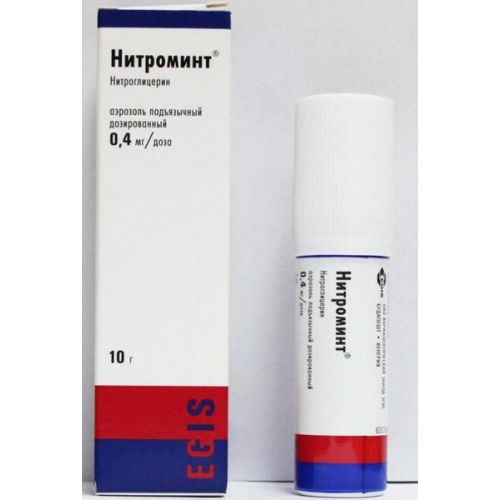
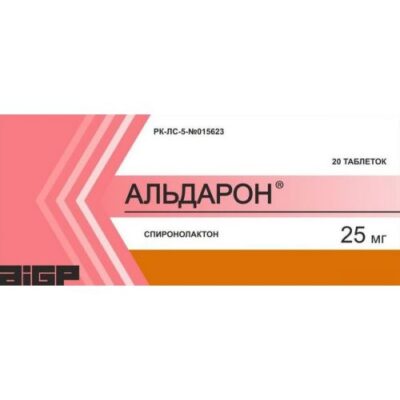
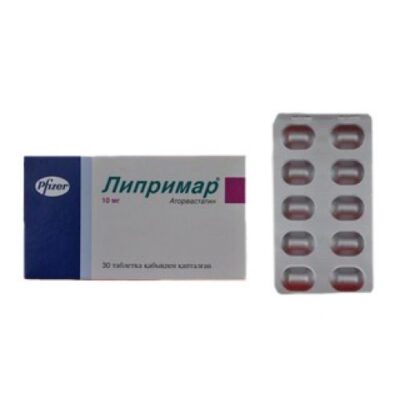
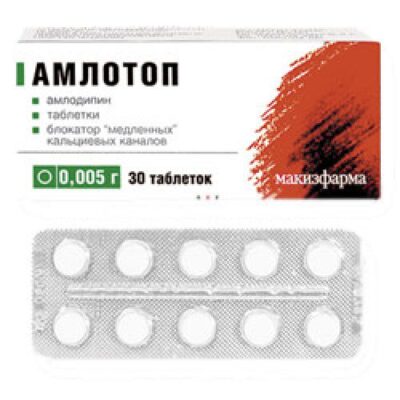
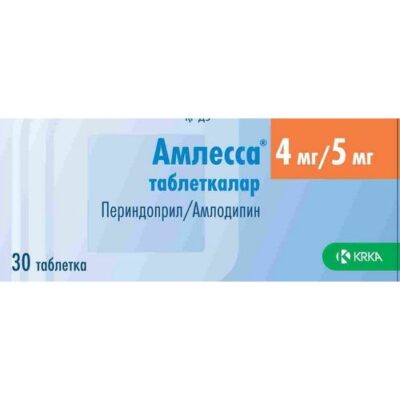
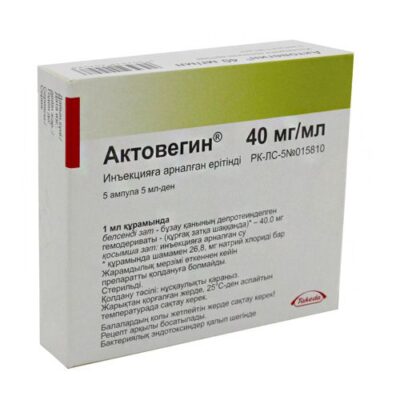
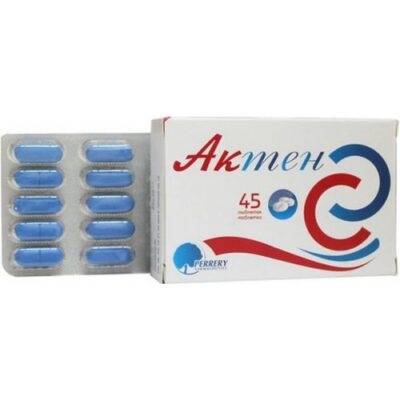
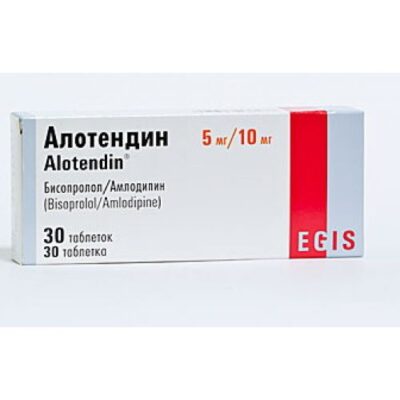

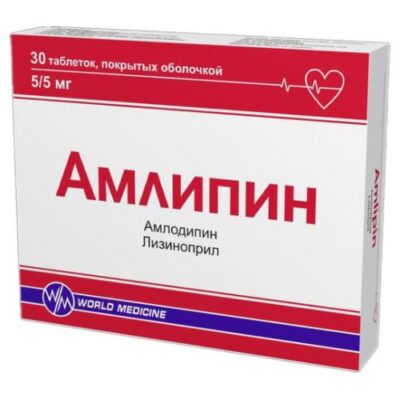
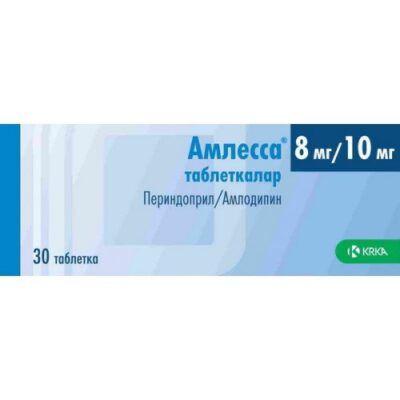






Reviews
There are no reviews yet.